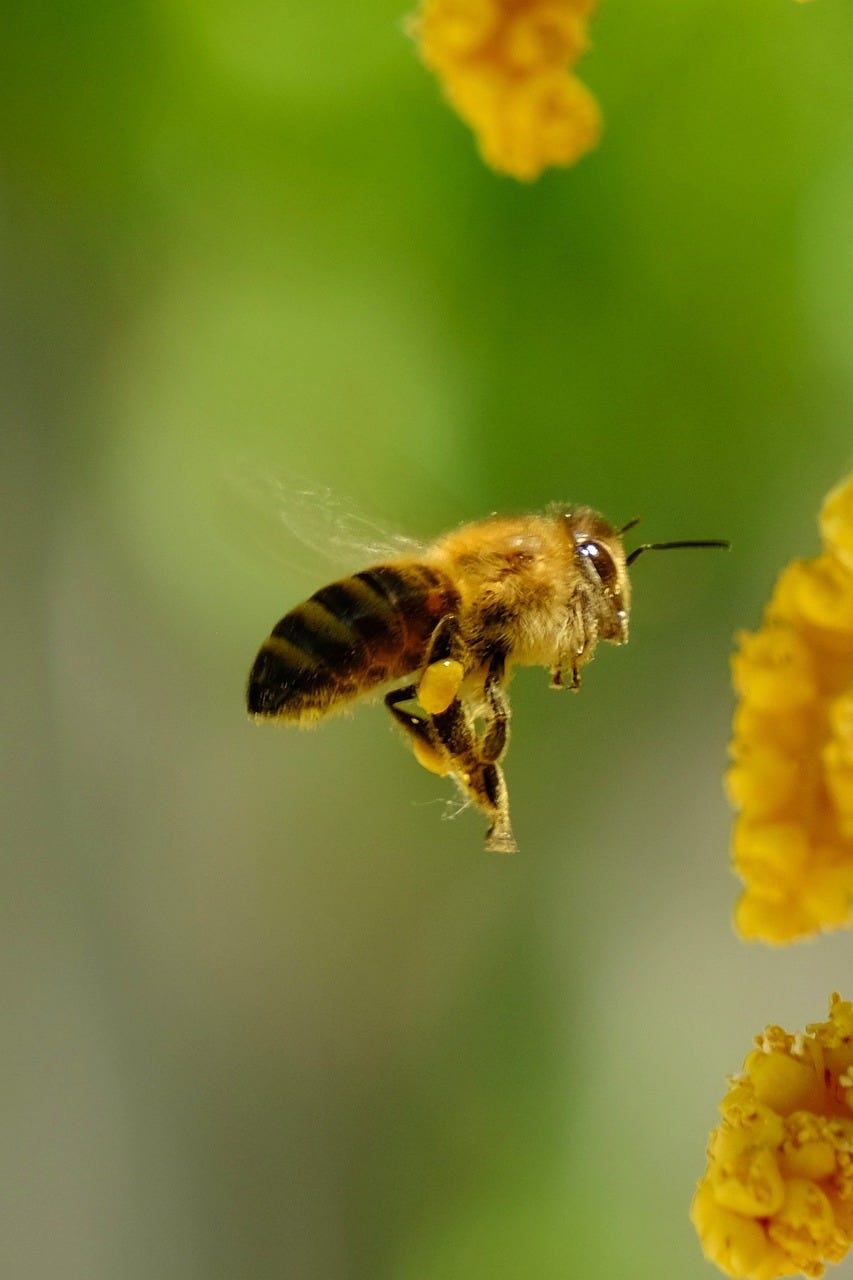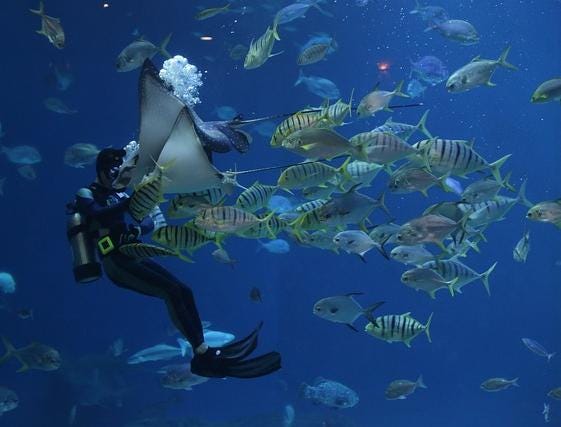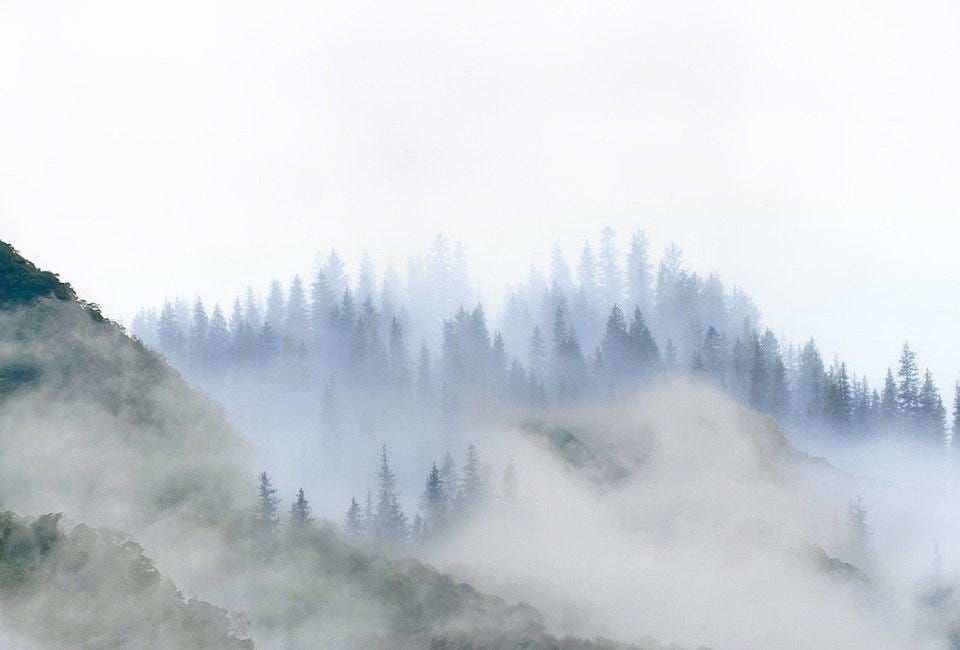Chapter 6: The Kingdom of Animals - Invertebrates
Final stop on the Grand Tour - the Kingdom of Animals! But, it's kinda big, so we're starting off with just the invertebrates, those animals who are literally spineless.
Part 1: Wriggly and Wonderful
Ooey Gooey was a worm, a mighty worm was he,
He sat upon the railroad tracks, the train he did not see. Ooey Gooey!
-Nursery Rhyme
Now for the moment you have all been waiting for, the grand finale of the Grand Tour, the Kingdom of the Animals! Home to some of your most beloved creatures, from elephants to ants. As we fly over the kingdom (this time on bluebird), you will find it filled with ocean and lakes, forests and mountains, deserts and jungles; animals are so diverse that there is one to live in every type of environment on Earth. Each of these homes is full of fantastic sights and sounds and smells (have you seen elephant droppings?) that it is easy to see why animals are many people’s favorite part of creation. There are so many of those surprising, wonderful creatures to meet here, it’s going to take us a couple of weeks to get through, so buckle up!
The first type of animals we are going to visit are the invertebrates – those animals without backbones (spines). The vast majority of animals in all of creation lack a backbone, but you are a vertebrate (unless you happen to be a highly intelligent octopus and didn’t tell me), so you can feel your backbone by finding the ridge on the back of your neck and following the valley the runs down your back. All vertebrates share many features in common, but the invertebrates are incredibly diverse, from wispy jellyfish to armored crabs to slimy worms.
You have seen many invertebrates in your life, but some of these animals are so small, they can only be seen with a microscope. This type of invertebrate was first describe by Antonie van Leeuwenhoek (lay-ven-hook), a Dutch hat maker. Time out! Are you telling me that a hat maker was an important scientist? That’s right, some of the most important early discoveries with a microscope were made by a man who wasn’t even a trained scientist. He was just a shop owner in the town of Delft, and one day he heard about these newfangled magnifying lenses that could seen things that you couldn’t see with just your eyes. He managed to make some of his own (some of the best for his time, too), and then the real work started.
He spent hours and days and weeks of his spare time looking at all manner of things to see what there was to see. He looked at rain water and melted snow and pond water. He looked at muscles and blood and insects. And he saw amazing things. He recognized that what we see every day is made of smaller things – what we now call cells. He saw blood cells, scales of butterfly wings (he thought they were feathers!), worms from sick sheep, and most amazingly that water was often home to many, many, MANY tiny living things. He carefully studied samples of water from several different sources over the course of weeks, noting his observations each time. He wasn’t a scientist, but he thought and worked like a scientist, and his insatiable curiosity about seemingly everything changed the way that we think about the world. Just like van Leeuwenhoek, you can be a scientist if you closely observe the world around you and keep asking questions.
Among the first microscopic creatures described by van Leeuwenhoek were rotifers – a nearly clear tube-like animal with a crown of feather-like “fingers” to brush food into its mouth (I’m thinking there’s some real time savings in this eating technique, do you think your mother would agree?). Microscopic creatures continue to be discovered today as we look deeply into more and more places, such as the minuscule cucumber-shaped creature which is found only in pools of water in Greenland (Limnognathia, if you care for the name); it is considered to be so different from every other kind of animal that it is in its own region (phylum) in the Kingdom. Can you imagine that, a whole huge region for just one small creature that grows no larger than the thickness of a human hair? At least it will have plenty of elbow room.
Of course, not all invertebrates are so small. Sure, there are many quite small creatures like shrimp, bumblebees, and the amazing proboscis worms that shoot out a tongue-like proboscis to kill their prey with venom. Others, though, are simply massive, like giant tube worms that are as tall as an elephant and live in the deep ocean or the lion’s mane jellyfish that is as long as three and a half school buses or the colossal squid (even bigger than the more famous giant squid) which can weigh as much as three gorillas.
By far the most common animals in the whole world are insects – busy bees, cheerful ladybugs, colorful beetles. With over 1 million species that we know of, insects make up half of all known creatures of any kind. We often think of these creatures – as well as their close relatives spiders – as bugs, nuisances that bother us when we go outside and creep us out inside. These little animals have thrived all over the world (even Antarctica!) and are amazingly important in helping our food to grow, removing dead plants, providing us with honey and silk, and being food for larger animals like frogs and anteaters.
You can always tell an insect from other animals just by looking at them. Catch a creature that you think might be an insect, and let’s take a look at it. The key features to look out for are six legs, three body parts, and an exoskeleton; if it has those, then it’s an insect. The front part of the insect is the head, which, like our head, has its eyes, mouth, and antennae (ok, we don’t have antennae...maybe that’s why there are so many more insects…) The next part is the thorax, which has the insect’s legs and wings (most, but not all, insects have two sets of wings). Finally you will find the abdomen, which has a lot going on inside with the stomach and other organs, but you will be much more interested in checking if it has a stinger; it will be on the abdomen if it has one. Now, this whole time that you have been looking at the exoskeleton (even if your little friend turns out to be a spider instead of an insect); this is the hard outer covering that protects them. Insects have no bones, so the exoskeleton also gives their bodies shape. So, is your creature an insect or something else? You can grab a field guide to figure out what type of creature you have befriended, and don’t forget to release it back into the wild.
Check out Chapter 6A Podcast Episode!

Part 2: What Is an Animal? Invertebrates Show Us the Way
All things bright and beautiful, All creatures great and small, All things wise and wonderful, The Lord God made them all.
-Cecil Frances Alexander
Before we set out in earnest to explore the wilds of the Kingdom of Animals, we ought to consult its atlas. This one is thick – with 31 different regions (phyla), ranging from the 1.25 million members of Arthropoda (those would be the insects, crustaceans like crabs and lobsters, arachnids like spiders and scorpions, and myriapods like centipedes and millipedes) to the singular member of Micrognathozoa (the Limnognathia that we mentioned earlier). All of the vertebrates are in just one phylum, and the other 30 phyla show the rich diversity in those that are spineless.
Most creatures are easy to classify, after all no one would mistake a trout for a tree or a blue whale for a bacteria. When we come invertebrates, however, it can become much more difficult to differentiate among the kingdoms. Consider, for example, a sponge – an immobile sea creature shaped like a vase that might wave gently in the current but otherwise just sort of sits there, looking for all of the world like a plant. And that is exactly where scientist put this creature for many years, but no longer! Our sweet little invertebrate (ok, maybe not so little – some are bigger than a human!) is now home where it belongs in the Kingdom of Animals.
But why? What makes an animal, an animal? A sponge is fairy obviously not a bacteria or archaea, after all it is multicellular (has more than one cell) in addition to being a eukaryote. (You remember what that is, right? It has a nucleus in each of its cells.) Perhaps it ought to be a protist? No dice, sponges have different types of cells in their bodies, while protists never do (in fact, protists are almost exclusively unicellular, too). Despite the green-ish appearance of some sponges, they are not autotrophic like plants. What about a fungus? Fungi are, after all, heterotrophic, multicellular, and have different types of cells, just like sponges. The difference comes in the sponge’s ability to move: a sponge can move parts of its body to control the water that brings it food, but a fungus cannot move at all. So, that is what makes an animal, an animal: they are multicellular, heterotrophic creatures that have different kinds of cells and can move around at least part of their bodies. (Whew! That’s a long list, thanks a lot sponges!)
What do animals need to survive and thrive? Well, what kinds of things do you need every day? You need food, of course, with carbohydrates, protein, fats, and vitamins and minerals. You need to drink water and get plenty of rest, as well as a safe place in which to get it. You also need exercise to keep your body strong and fresh air with oxygen to breathe.
What about other animals, do they need the same things? Does a frog need food and water? Of course – all animals need to eat food (being heterotrophs and all) and water of some kind, although many animals live in salt water so they don’t actually need to drink.
Does a dog need rest and shelter? My dog is currently sleeping by my feet, so I’m going to guess that they need rest. Dogs, like all animals, also need to have somewhere safe to go (although for some creatures it might be their own shell). Being a pet, she also need extra care and shelter compared to wild animals, which is why domesticated animals of all types are often given housing by people.
Does an otter need exercise? All animals move at least a little to get their food, and some animals even play like we do, including otters and dolphins. You won’t find a beaver doing bench presses or a tree frog on the treadmill, though, since they get any exercise that they need as they go about their lives.
Does an octopus need fresh air? Animals that live on land need fresh air to survive, but many animals live in water and have been given the ability to get the oxygen they need from out of the water itself. The Creator has given to each creature the home that it needs to care for its needs, so animals can care for themselves most admirably.
Check out Chapter 6B Podcast Episode!
Ready for More?
Check Out the Next Chapter
Chapter 7: The Kingdom of Animals - Fish and Amphibians
Welcome to the first installment in the Kingdoms of Creation home education science program. We’re glad you’re here. Each chapter is split into two parts: Part 1 is for younger students (usually K-4); Parts 1 and 2 together are for older students (usually 5-8). The Kingdoms of Creation is a comprehensive biology program. See the full table of contents
Or the Previous Chapter
Or Visit the Welcome Page
Welcome to the Kingdoms of Creation
A long time ago in land not so far away, the Creator made a world. This world was big and beautiful, wild and wonderful, fantastic and frightening. It was full of amazing creatures like the ping-pong tree sponge (an immobile creature that looks just like its name sounds but eats shrimp in the deep dark of the sea) and the dragon mantis (a large brown …





